Among fashion designers, stretch denim is popular as it suits any clothing design. The stretch denim allows a long-term wearing ability and easier movement. Besides, stretch denim is perfect for tight-fitting clothes as the fabric provides a better body shape. To learn how the fabric is beneficial for you, keep scrolling down!
Table Of Contents
What is Stretch Denim?
Stretch Denim refers to woven denim found by mixing synthetic small amounts of fibers.
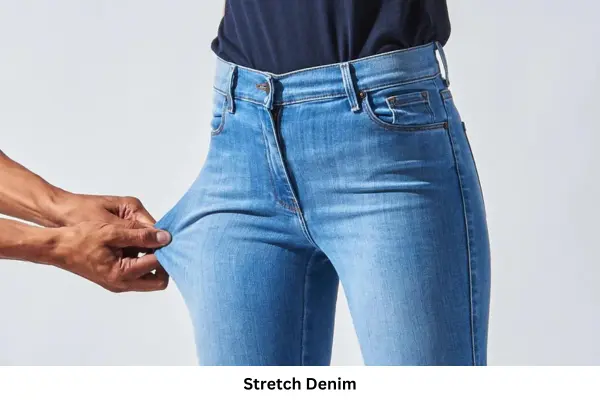
Fibers like spandex and elastane are mostly applicable for stretch denim. Because of the synthetic fiber, fabric gets stretched, molds to the body, and gets comfort as you move.
What is Stretch Denim made of?
Stretch denim is made of cotton and elastane or spandex. The ratio is 98:2. Here, cotton provides strength and durability to the fabric. Whereas spandex gives an elastic vibe. The denim style is well-designed in cotton. A small percentage of elastane or lycra provides the fabric with a subtle stretch. Stretch denim is not suitable for hot temperatures, because the heat will damage the elastane.
Stretch Denim Manufacturing Process
Stretch denim is manufactured by inserting stretch yarns in the direction of the weft during the weaving process. Other than that, the entire process is the same as denim fabric.
Step 1: Cotton Collection:
It all starts with cotton plants grown in fields around the world. The length of the cotton fibers plays a crucial role in the final fabric's strength and durability.
Step 2: Blending:
For consistent quality, cotton from different bales is blended and impurities like seeds and weeds are removed. The clean cotton fibers are then combined to form thick ropes called slivers.
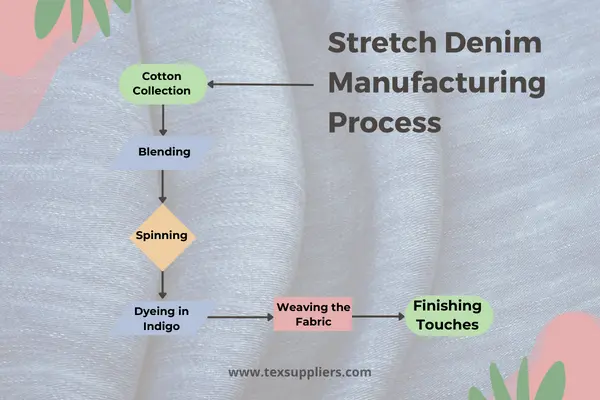
Step 3: Spinning:
Multiple slivers are twisted together to create strong yarns. For stretch denim, elastane, a type of rubber, is added to the mix for that comfortable elasticity. These yarns are then wound onto large barrels for dyeing.
Step 4: Dyeing in Indigo:
The classic blue color of denim comes from indigo, one of the oldest dyes used in textiles. The yarns are repeatedly dipped in vats of indigo dye, which oxidizes in the air to turn a beautiful blue. This process coats the outside of the yarns, leaving the core white, creating the characteristic faded look of denim.
Step 5: Weaving the Fabric:
For stretchy denim, the dyed yarns are woven together on looms. The blue warp threads run vertically, while the white weft threads are woven horizontally, creating the familiar diagonal twill pattern.
Step 6: Finishing Touches:
To prevent shrinkage and ensure a smooth feel, the woven fabric is softened and stretched. It's also pre-shrunk to prevent your jeans from shrinking in the wash later.
Properties of Stretch Denim
|
Fabric Name |
Stretch Denim |
|
Fabric Construction |
Cotton, Elastane, or Spandex |
|
Fabric Breathability |
Less Breathable |
|
Fabric Durability |
Durable but depends on the making. |
|
Prone to Sagging |
Low |
|
Moisture-wicking ability |
High |
|
Application |
Skinny jeans, jeggings, and apparel |
Characteristics of Stretch Denim
Stretch denim has several features to follow as it helps to feel your best all day long.
Comfortable to wear
Stretch denim, due to its cotton fabric construction in addition to elastane and spandex, helps keep the jeans form-fitting or in shape. It is likely to mold to the body of the wearer. It provides a custom fit as well. Stretch denims are easy to dress up for any occasion.
Versatile
Stretch denim is versatile in nature and fulfills more fashion styles. It captures most of the hearts of the young generation as they can go for any outing wearing stretch denim jeans.
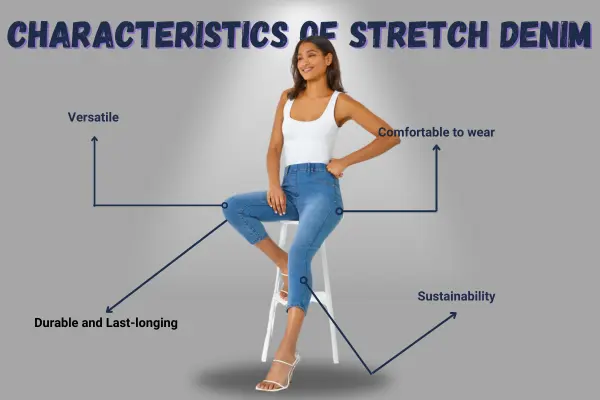
Sustainability
Although stretch denim is 2% of synthetic material, it damages the environment slightly. However due to the maximum contribution of cotton, the organic fabric, the fabric becomes sustainable and bio-degradable in nature.
Durable and Last-longing
Although stretch denim would not last as traditional denim due to the presence of elastic fiber, still stretch denim is quite durable if taken with proper care.
Applications of Stretch Denim
Stretch denim applies to many areas. For instance:
-
Jeans: Stretch denim jeans, skinny jeans, jeggings-jeans, straight leg, mom jeans
-
Jackets: Denim jacket, trucker jacket
-
Shirts: Denim skirts, denim shorts
-
Accessories: Hats, Bags
Conclusion
Although the first stretch denim fabric was introduced in 1978, as time goes by, stretchy fabric walks on the front seater of fashion design. Stretch denim includes elastane with cotton and adds stretchability to the fabric. It offers a form-fitting silhouette adapted to any body shape. However, stretch denim is considered good due to its comfort, body-hugging fit, greater movement, and adaptability.





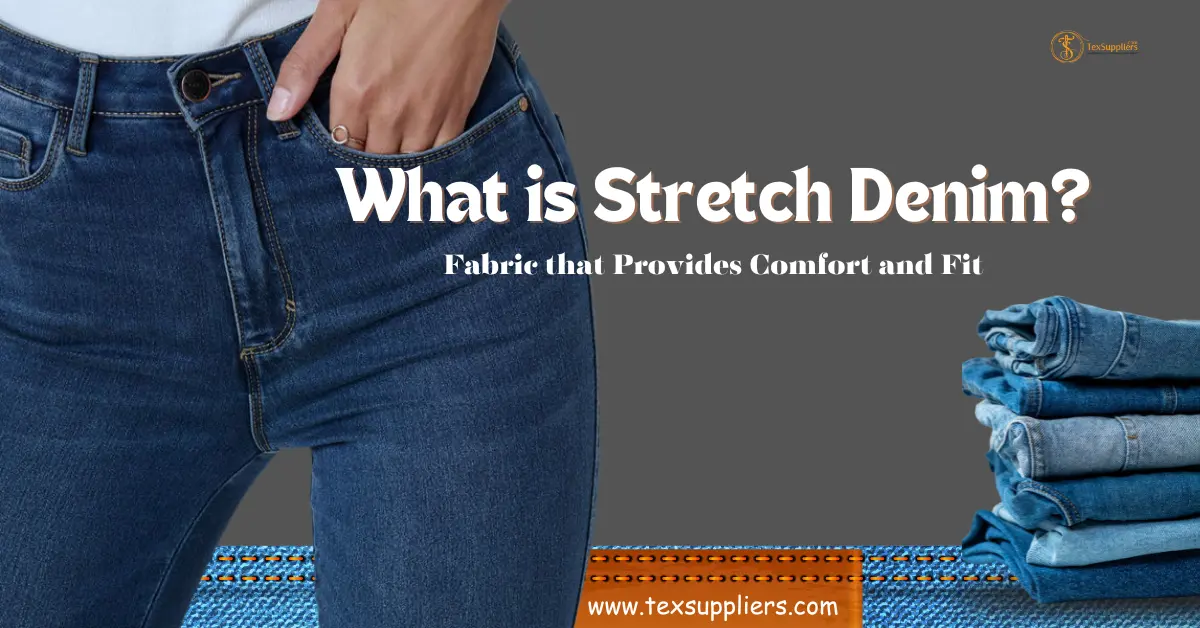
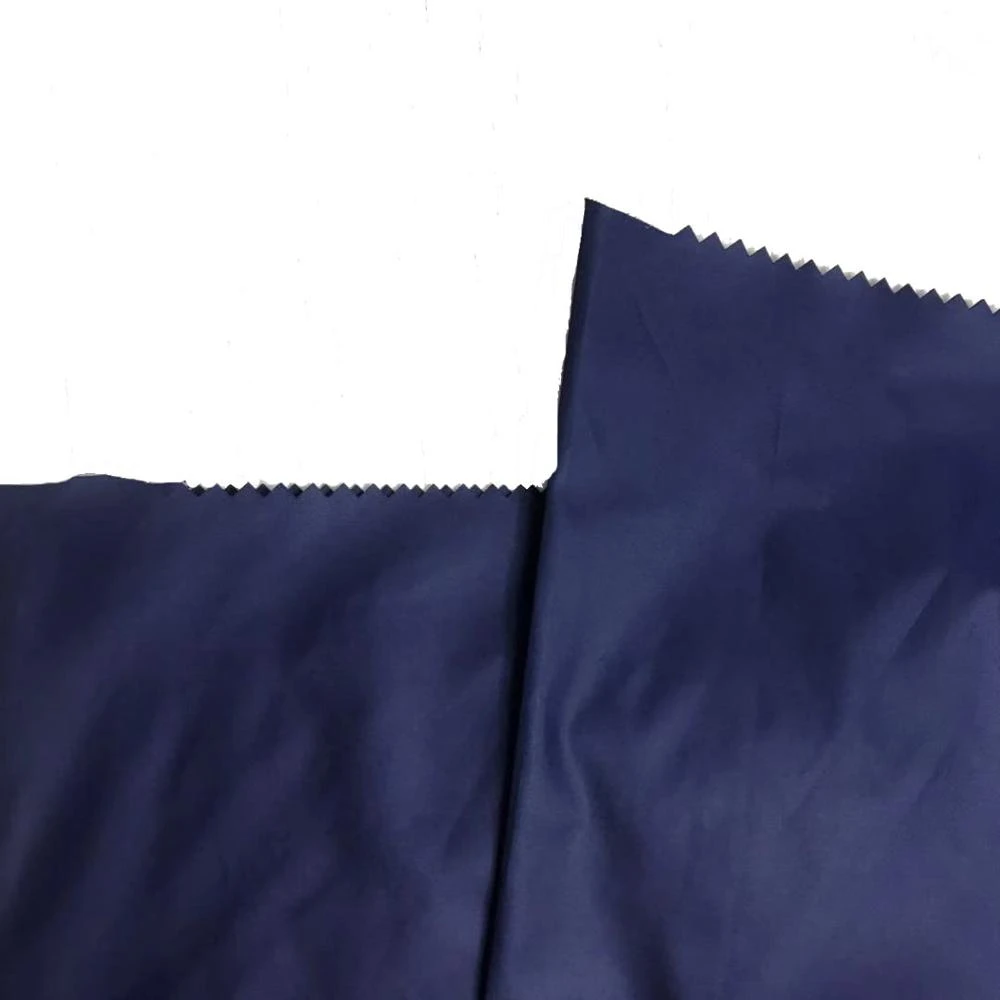
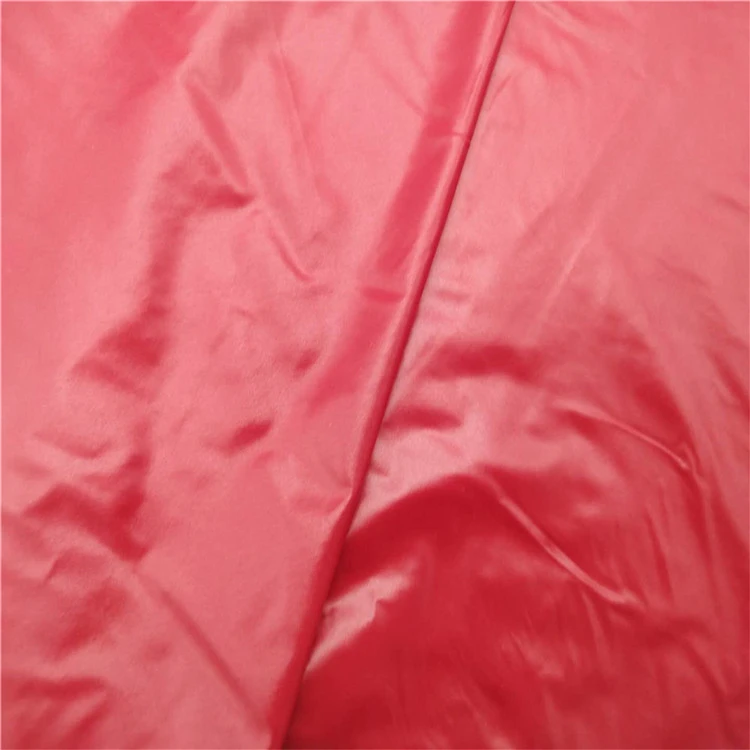
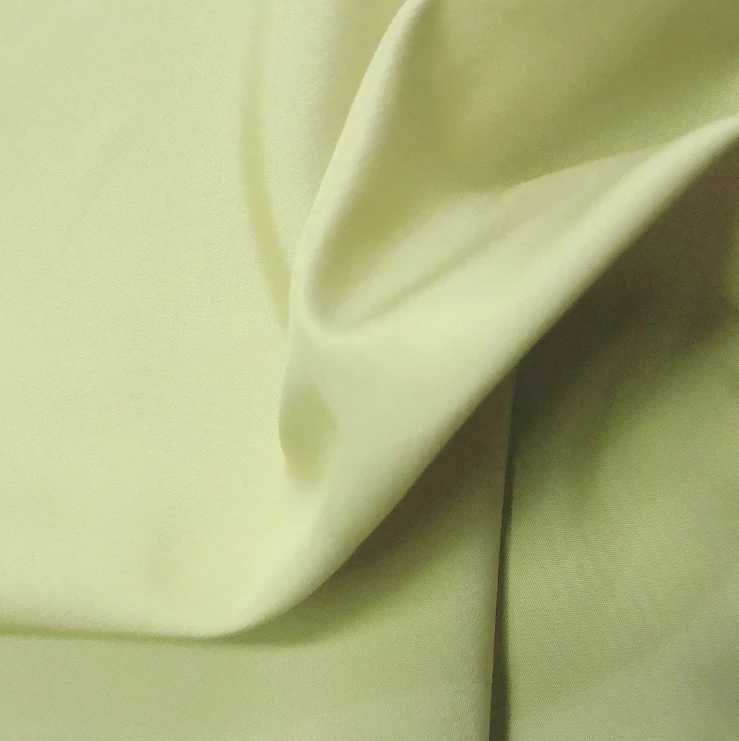
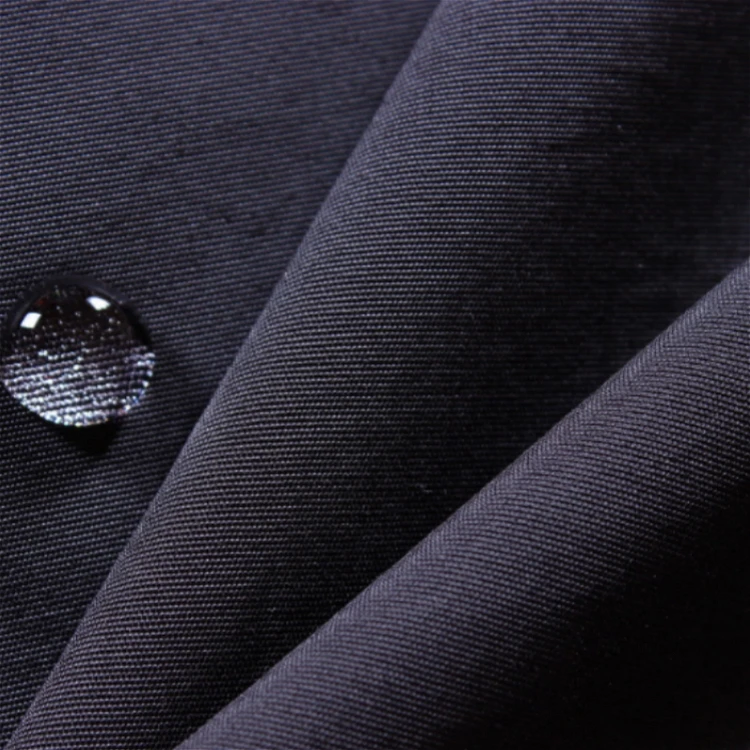
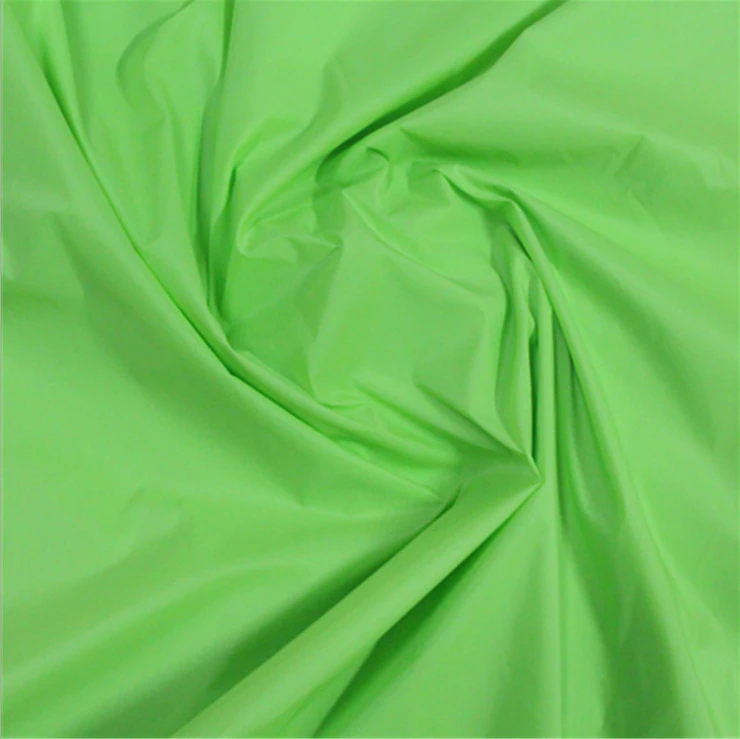
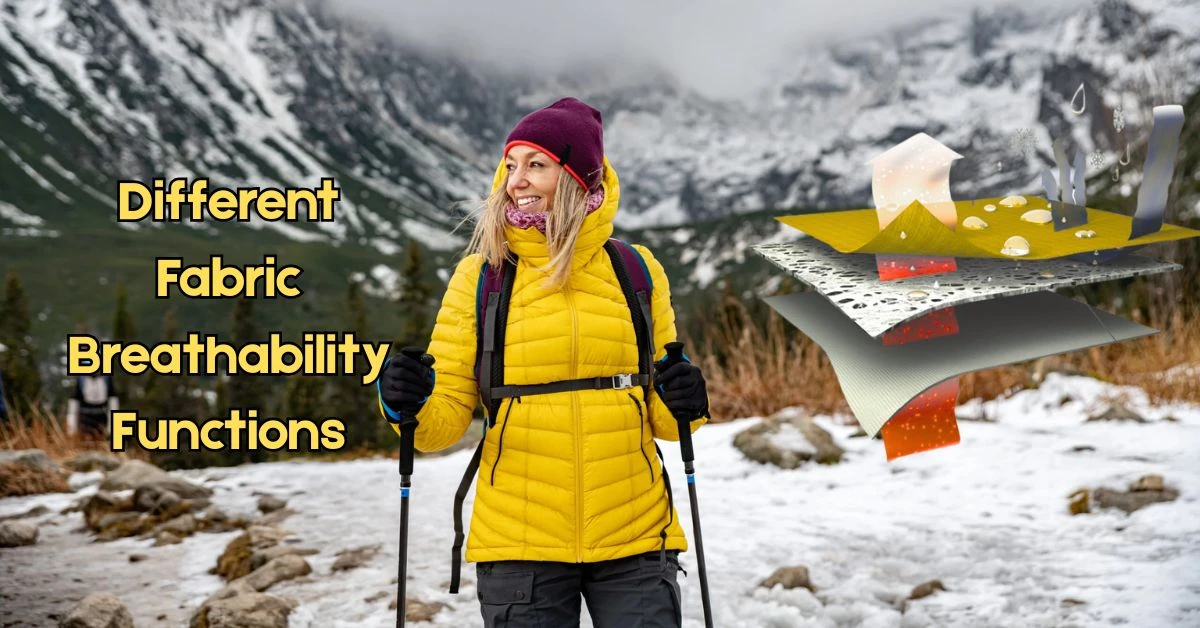
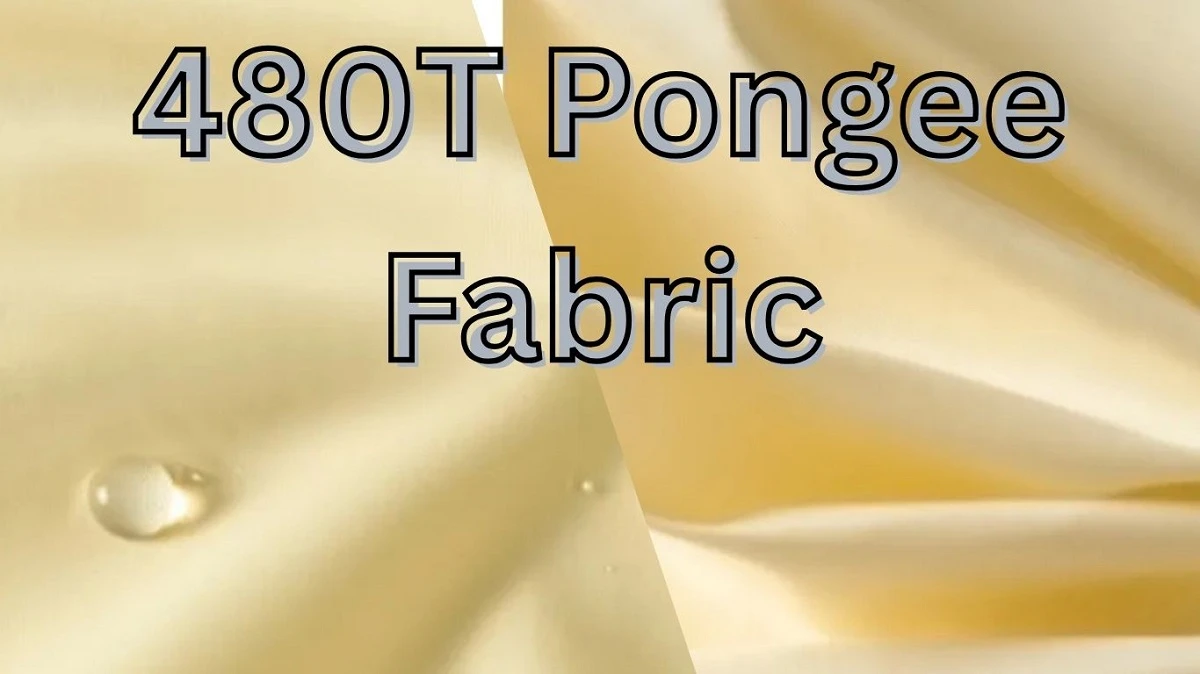
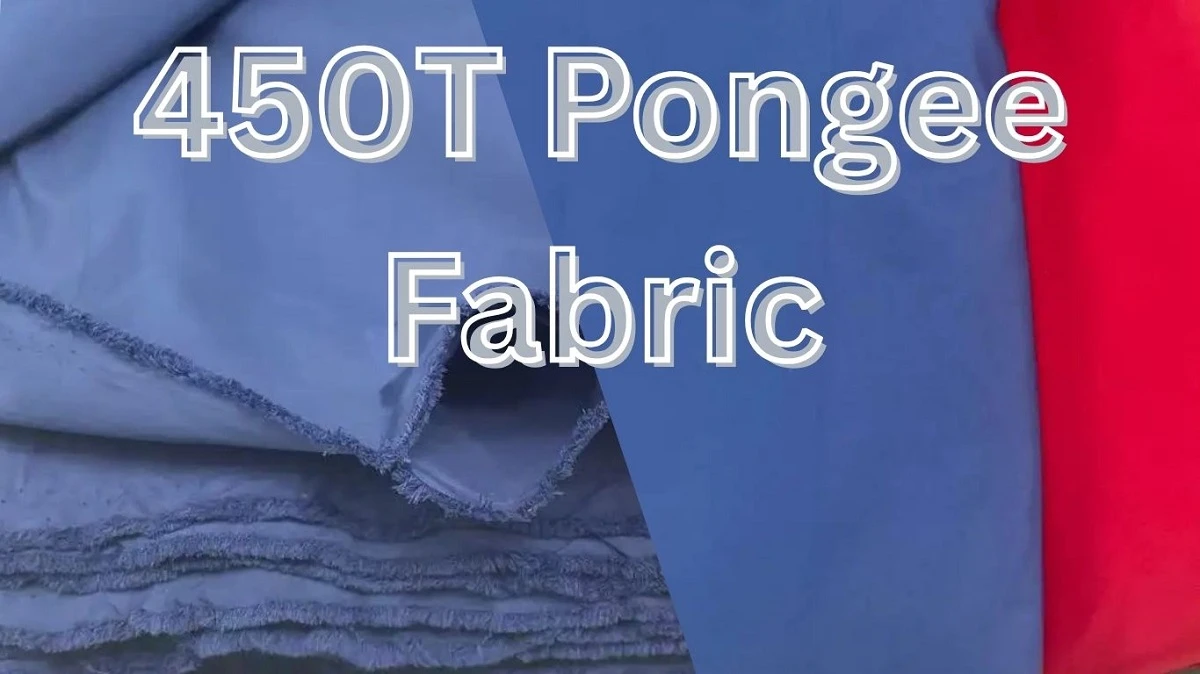
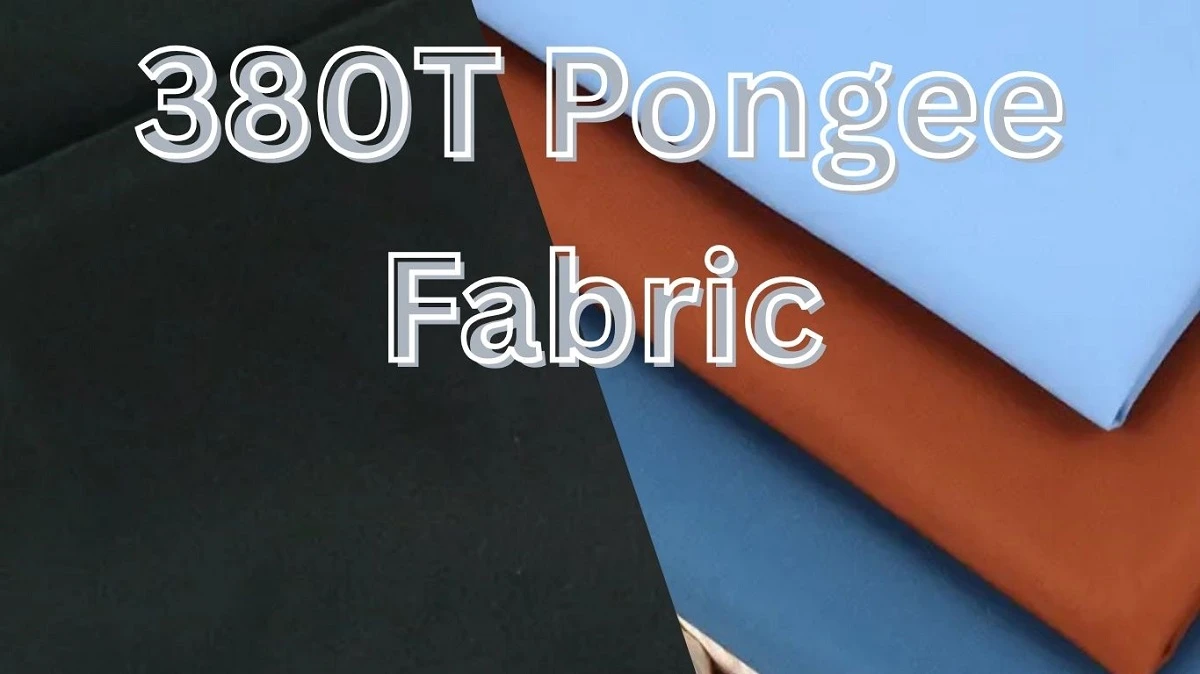
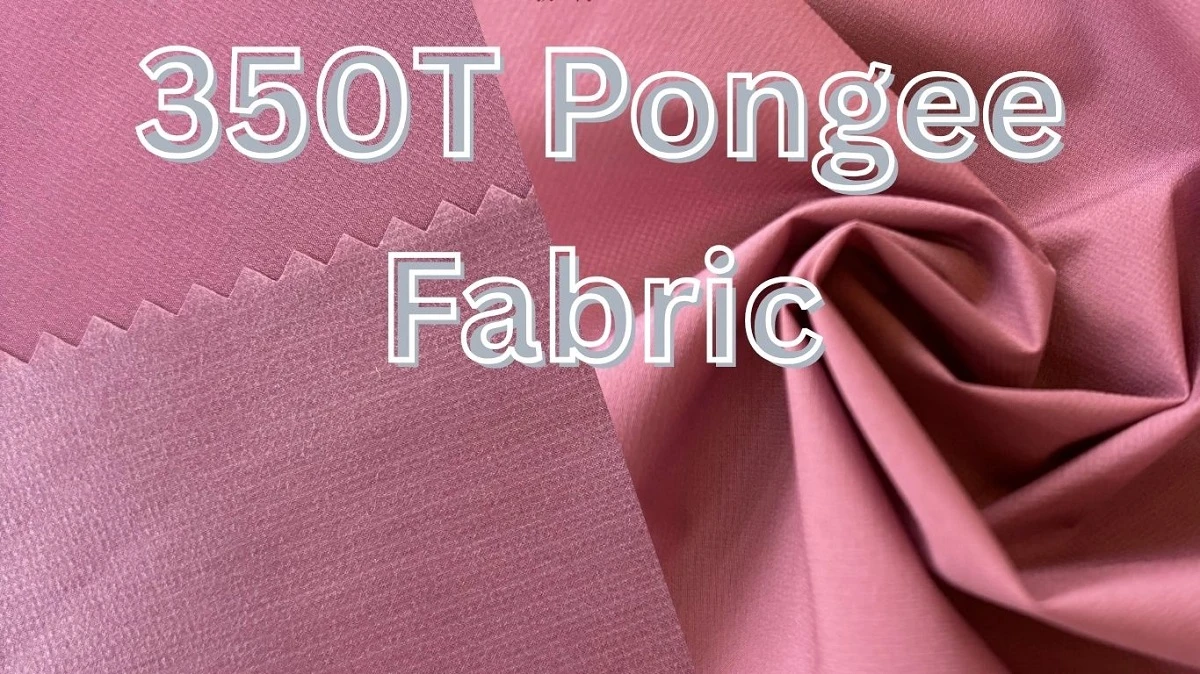
Comments - 00
Leave A Reply
Thanks for choosing to leave a comment.